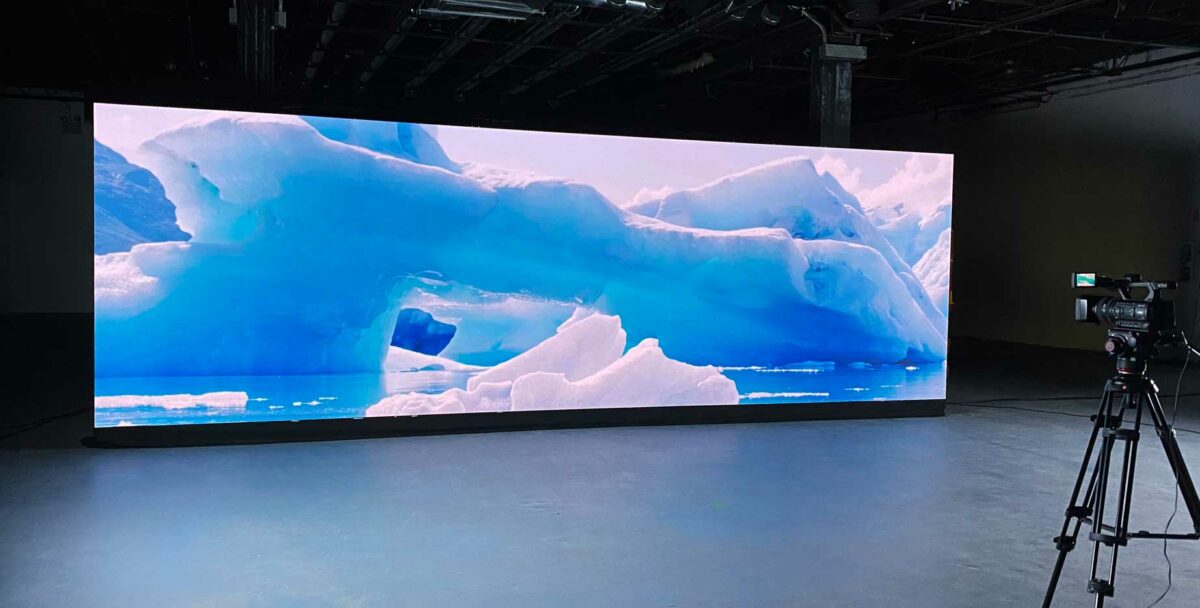Investigating the Crucial Factors That Influence Color Uniformity in Light Emitting Diode Wall Panels for Ideal Display Performance
Investigating the Crucial Factors That Influence Color Uniformity in Light Emitting Diode Wall Panels for Ideal Display Performance
Blog Article
Hue consistency in light-emitting diode wall panels is crucial for achieving maximum optical output. LED wall panels are widely used in multiple environments, including musical events, meetings, and advertising showcases. When the hues on these screens are uniform, they create a more engaging and immersive experience for viewers. Several key elements affect color consistency, including the quality of the light-emitting diode components, tuning processes, and environmental factors.
The caliber of the light-emitting diode elements plays a significant role in color consistency. Various types of light-emitting diodes emit light at varying wavelengths, which can affect the overall color output. Premium LEDs are designed to generate a more consistent light spectrum, resulting in better color accuracy. Additionally, the manufacturing process of these LEDs can impact their performance. Screens made with high-grade materials and techniques tend to have fewer color variations, ensuring that the displayed images and videos look vibrant and true to life.
Tuning is another essential factor in maintaining hue consistency in LED wall screens. Calibration involves modifying the settings of the screen to make certain that the hues displayed align the desired design. This process can consist of adjusting luminosity, contrast, and color balance. Regular calibration is necessary, especially in settings where lighting conditions vary often. By browse around this web-site tuning the panels, technicians can fix any inconsistencies in color output, leading to a more uniform viewing encounter.
Environmental conditions also influence hue consistency in LED wall panels. Elements such as ambient light, temperature, and humidity can affect how colors are perceived. For instance, bright surrounding light can dull hues, making them appear less vibrant. Similarly, extreme heat can influence the performance of the LEDs, resulting to hue shifts. To reduce these issues, it is crucial to place light-emitting diode wall panels in controlled environments where lighting and heat can be controlled efficiently.
Lastly, the design and arrangement of the LED wall screens can affect hue consistency. The arrangement of the panels, as well as the distance from which they are viewed, can create differences in hue recognition. When screens are arranged too far apart or at different positions, viewers may notice discrepancies in color. To achieve the optimal optical output, it is crucial to take into account the positioning and alignment of the panels during installation. By tackling these elements, operators can guarantee that their light-emitting diode wall screens deliver a consistent and superior optical encounter.